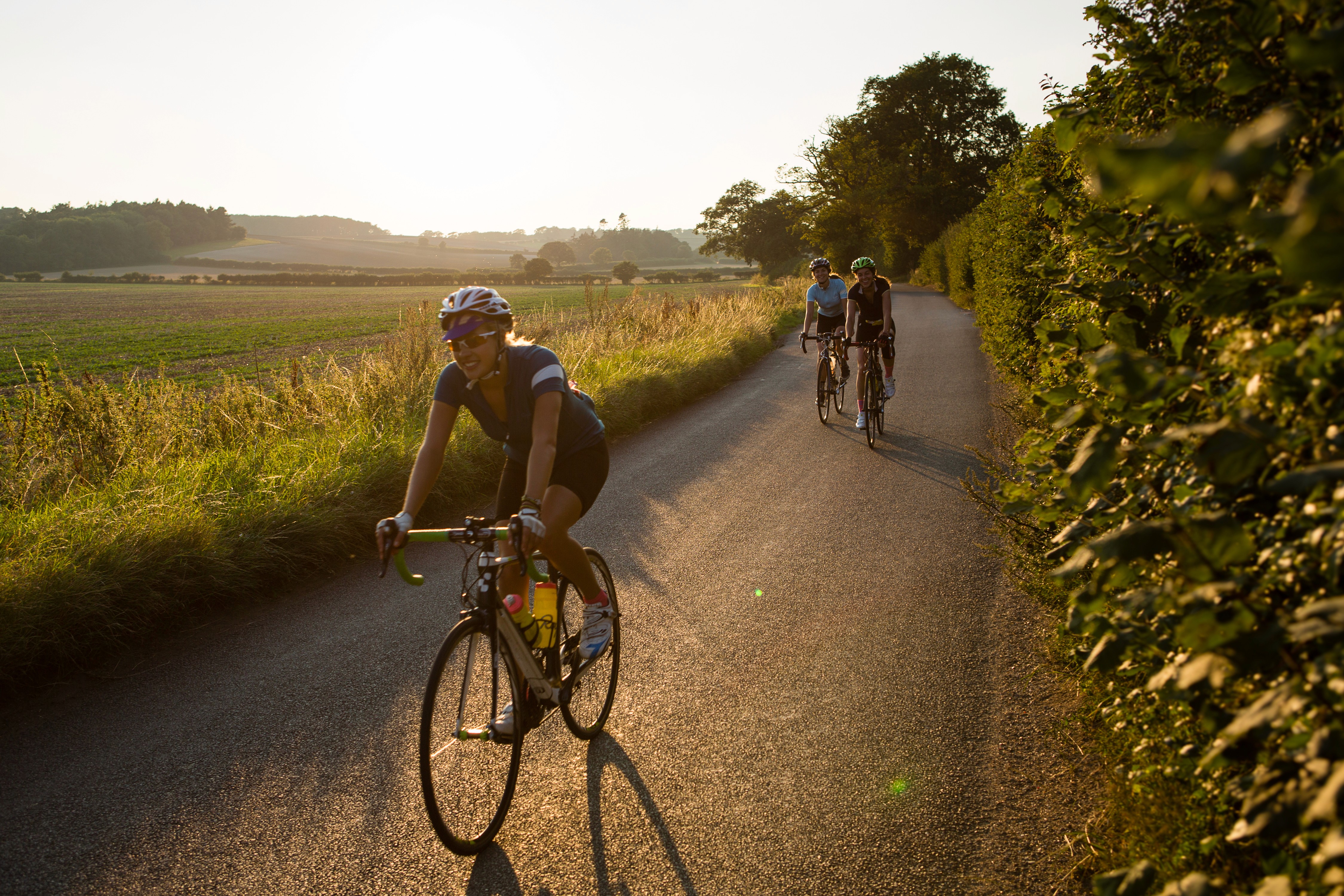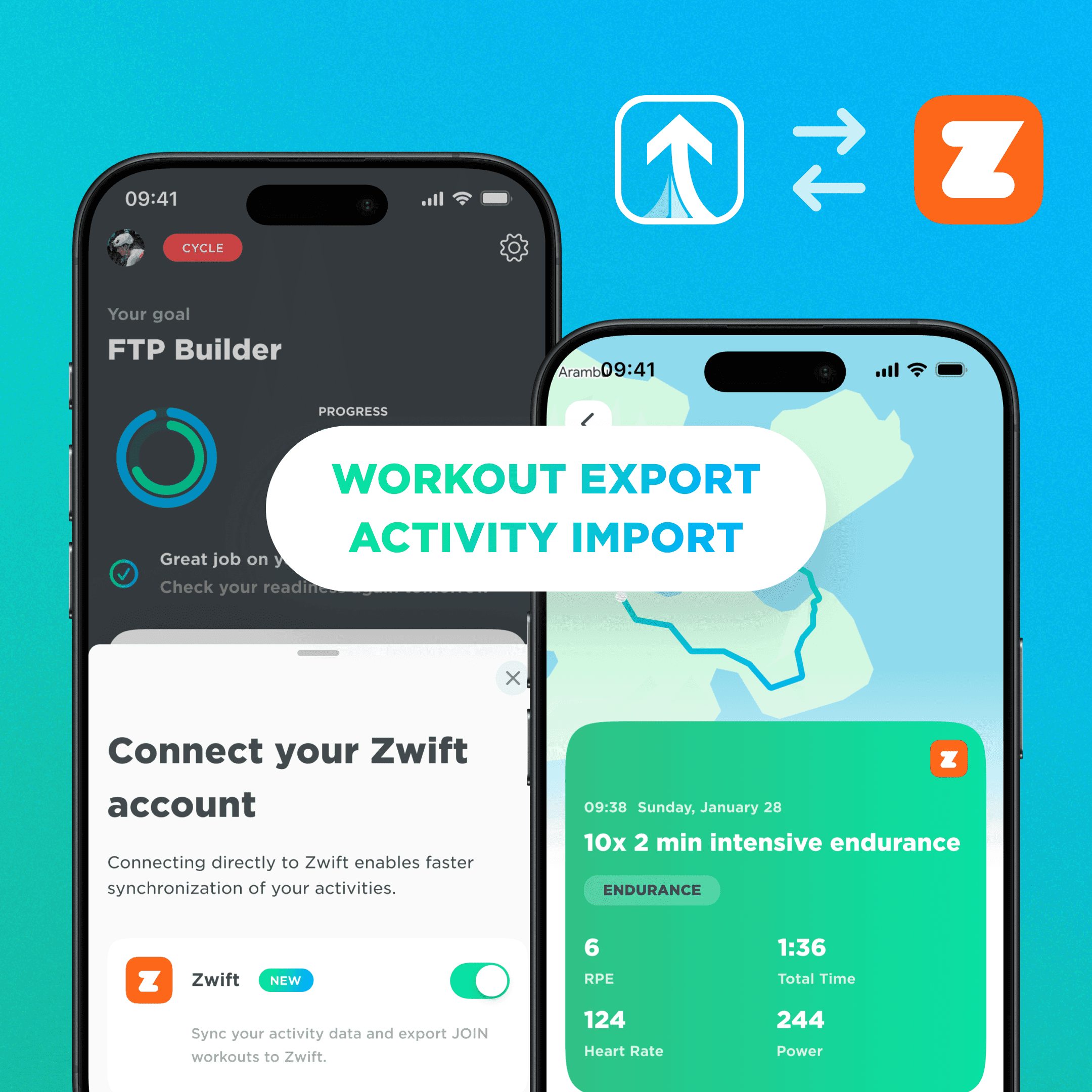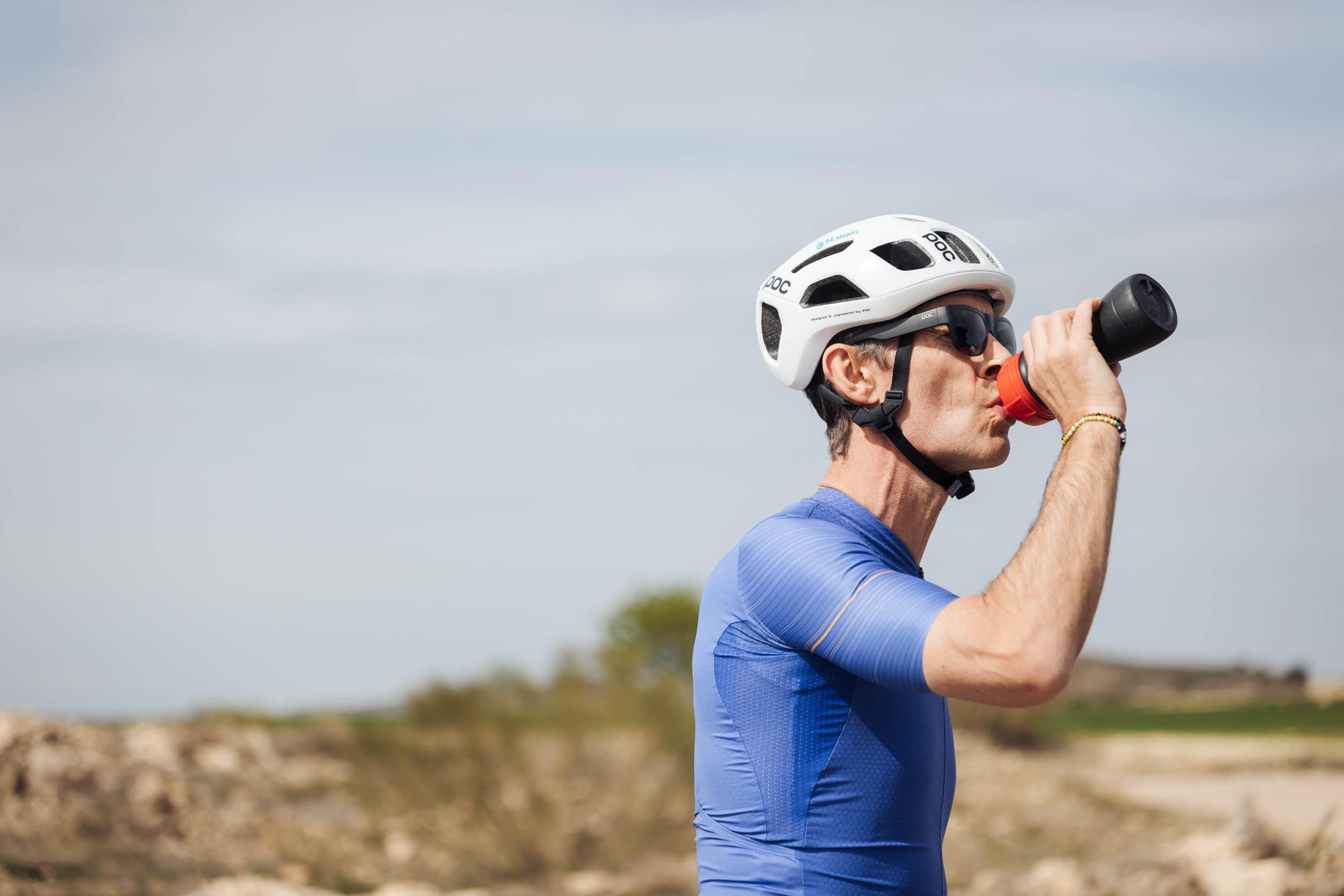How Do I Know What Type of Cyclist I Am?

Jul 15, 2024

How Do I Know What Type of Cyclist I Am?
Jul 15, 2024

How Do I Know What Type of Cyclist I Am?

Jul 15, 2024

Power Numbers
Understanding your current type of cyclist involves analyzing your power capabilities, specifically focusing on fatigue resistance rather than your power profile. This means we’re not just looking at that Strava graph but examining your power profile after expending a certain number of kilojoules. For instance, consider your 5-minute power value after burning 2000 kJ, which would be towards the end of a strenuous race. This way of assessing power can distinguish a climber from a puncher or a sprinter. It’s also interesting to relate these power values to weight, highlighting climbers or sprinters on climbs.
Equally important is relating these power values to the CdA value, a measure of how aerodynamic someone is on the bike. High power outputs are great, but if you sit like a windscreen on the bike, it won’t help much. The question in professional cycling today is whether you can deliver high power after x fatigue in an aerodynamic position or on the time trial bike. With an aerodynamic posture and a small hip angle (the angle between the torso and thighs), it’s much harder to generate high power compared to sitting upright with hands on the handlebars. A cyclist with a slightly higher weight and good aerodynamic properties could thus be a time trialist.
Muscle Fiber Type Distribution
What kind of cyclist you are depends on your natural disposition and training. What kind of cyclist you can become depends primarily on your muscle fiber type distribution and where your physiological ceiling lies. Some are naturally more endurance athletes than sprinters, but not everyone can train to the level of the Tour de France. If you have relatively more of one type of muscle fiber, you are more trainable in that direction than the other.
Each type of cyclist has a specific mix of slow-twitch (Type 1) and fast-twitch (Type 2A and 2X) muscle fibers. Slow-twitch fibers, also known as Type 1, are ideal for long-duration efforts. They are durable and prefer fat burning—characteristics of an "endurance athlete". Type 2A muscle fibers are somewhat faster than Type 1 and prefer burning carbohydrates. They can generate more power than Type 1 but tire more quickly. Type 2X, or "anaerobic" muscle fibers, are for the highest intensity activities. These are the fibers that come into play in powerful sprints and breakaways but are the quickest to fatigue.
It’s important to know that there are also "hybrid" fibers—muscle fibers that share characteristics of both slow-twitch and fast-twitch. The distribution and type of these fibers in the body can be significantly influenced by training. If you have many of these hybrid fibers in the muscle groups needed for cycling, you might more easily adapt to becoming a sprinter or climber depending on the type of training you do. These hybrid fibers explain why some cyclists adapt more easily to training regimens than others.
The burning question is how to determine which muscle fibers you have. Currently, this isn’t easy to know. The gold standard is a muscle biopsy, where a piece of muscle is taken from the body and analyzed under a microscope. However, this involves removing muscle, which isn’t really an option for top athletes. Plus, there’s the question of whether that one piece of muscle accurately represents the fiber distribution in other areas.Until we have better methods for this, it’s mainly a matter of training and monitoring whether the training achieves the desired goal.
Power Numbers
Understanding your current type of cyclist involves analyzing your power capabilities, specifically focusing on fatigue resistance rather than your power profile. This means we’re not just looking at that Strava graph but examining your power profile after expending a certain number of kilojoules. For instance, consider your 5-minute power value after burning 2000 kJ, which would be towards the end of a strenuous race. This way of assessing power can distinguish a climber from a puncher or a sprinter. It’s also interesting to relate these power values to weight, highlighting climbers or sprinters on climbs.
Equally important is relating these power values to the CdA value, a measure of how aerodynamic someone is on the bike. High power outputs are great, but if you sit like a windscreen on the bike, it won’t help much. The question in professional cycling today is whether you can deliver high power after x fatigue in an aerodynamic position or on the time trial bike. With an aerodynamic posture and a small hip angle (the angle between the torso and thighs), it’s much harder to generate high power compared to sitting upright with hands on the handlebars. A cyclist with a slightly higher weight and good aerodynamic properties could thus be a time trialist.
Muscle Fiber Type Distribution
What kind of cyclist you are depends on your natural disposition and training. What kind of cyclist you can become depends primarily on your muscle fiber type distribution and where your physiological ceiling lies. Some are naturally more endurance athletes than sprinters, but not everyone can train to the level of the Tour de France. If you have relatively more of one type of muscle fiber, you are more trainable in that direction than the other.
Each type of cyclist has a specific mix of slow-twitch (Type 1) and fast-twitch (Type 2A and 2X) muscle fibers. Slow-twitch fibers, also known as Type 1, are ideal for long-duration efforts. They are durable and prefer fat burning—characteristics of an "endurance athlete". Type 2A muscle fibers are somewhat faster than Type 1 and prefer burning carbohydrates. They can generate more power than Type 1 but tire more quickly. Type 2X, or "anaerobic" muscle fibers, are for the highest intensity activities. These are the fibers that come into play in powerful sprints and breakaways but are the quickest to fatigue.
It’s important to know that there are also "hybrid" fibers—muscle fibers that share characteristics of both slow-twitch and fast-twitch. The distribution and type of these fibers in the body can be significantly influenced by training. If you have many of these hybrid fibers in the muscle groups needed for cycling, you might more easily adapt to becoming a sprinter or climber depending on the type of training you do. These hybrid fibers explain why some cyclists adapt more easily to training regimens than others.
The burning question is how to determine which muscle fibers you have. Currently, this isn’t easy to know. The gold standard is a muscle biopsy, where a piece of muscle is taken from the body and analyzed under a microscope. However, this involves removing muscle, which isn’t really an option for top athletes. Plus, there’s the question of whether that one piece of muscle accurately represents the fiber distribution in other areas.Until we have better methods for this, it’s mainly a matter of training and monitoring whether the training achieves the desired goal.
Power Numbers
Understanding your current type of cyclist involves analyzing your power capabilities, specifically focusing on fatigue resistance rather than your power profile. This means we’re not just looking at that Strava graph but examining your power profile after expending a certain number of kilojoules. For instance, consider your 5-minute power value after burning 2000 kJ, which would be towards the end of a strenuous race. This way of assessing power can distinguish a climber from a puncher or a sprinter. It’s also interesting to relate these power values to weight, highlighting climbers or sprinters on climbs.
Equally important is relating these power values to the CdA value, a measure of how aerodynamic someone is on the bike. High power outputs are great, but if you sit like a windscreen on the bike, it won’t help much. The question in professional cycling today is whether you can deliver high power after x fatigue in an aerodynamic position or on the time trial bike. With an aerodynamic posture and a small hip angle (the angle between the torso and thighs), it’s much harder to generate high power compared to sitting upright with hands on the handlebars. A cyclist with a slightly higher weight and good aerodynamic properties could thus be a time trialist.
Muscle Fiber Type Distribution
What kind of cyclist you are depends on your natural disposition and training. What kind of cyclist you can become depends primarily on your muscle fiber type distribution and where your physiological ceiling lies. Some are naturally more endurance athletes than sprinters, but not everyone can train to the level of the Tour de France. If you have relatively more of one type of muscle fiber, you are more trainable in that direction than the other.
Each type of cyclist has a specific mix of slow-twitch (Type 1) and fast-twitch (Type 2A and 2X) muscle fibers. Slow-twitch fibers, also known as Type 1, are ideal for long-duration efforts. They are durable and prefer fat burning—characteristics of an "endurance athlete". Type 2A muscle fibers are somewhat faster than Type 1 and prefer burning carbohydrates. They can generate more power than Type 1 but tire more quickly. Type 2X, or "anaerobic" muscle fibers, are for the highest intensity activities. These are the fibers that come into play in powerful sprints and breakaways but are the quickest to fatigue.
It’s important to know that there are also "hybrid" fibers—muscle fibers that share characteristics of both slow-twitch and fast-twitch. The distribution and type of these fibers in the body can be significantly influenced by training. If you have many of these hybrid fibers in the muscle groups needed for cycling, you might more easily adapt to becoming a sprinter or climber depending on the type of training you do. These hybrid fibers explain why some cyclists adapt more easily to training regimens than others.
The burning question is how to determine which muscle fibers you have. Currently, this isn’t easy to know. The gold standard is a muscle biopsy, where a piece of muscle is taken from the body and analyzed under a microscope. However, this involves removing muscle, which isn’t really an option for top athletes. Plus, there’s the question of whether that one piece of muscle accurately represents the fiber distribution in other areas.Until we have better methods for this, it’s mainly a matter of training and monitoring whether the training achieves the desired goal.
More Relevant Articles
Discover valuable training tips to enhance your cycling performance.
More Relevant Articles
Discover valuable training tips to enhance your cycling performance.
More Relevant Articles
Discover valuable training tips to enhance your cycling performance.

Unlock Your Cycling Potential Today
Join thousands of cyclists who have improved their performance with JOIN's training plans.
Probeer het nu
Meer Informatie

Unlock Your Cycling Potential Today
Join thousands of cyclists who have improved their performance with JOIN's training plans.
By joining, you agree to our Terms and Conditions and our Privacy Policy.

Unlock Your Cycling Potential Today
Join thousands of cyclists who have improved their performance with JOIN's training plans.
By joining, you agree to our Terms and Conditions and our Privacy Policy.
Join Now
Join Now



